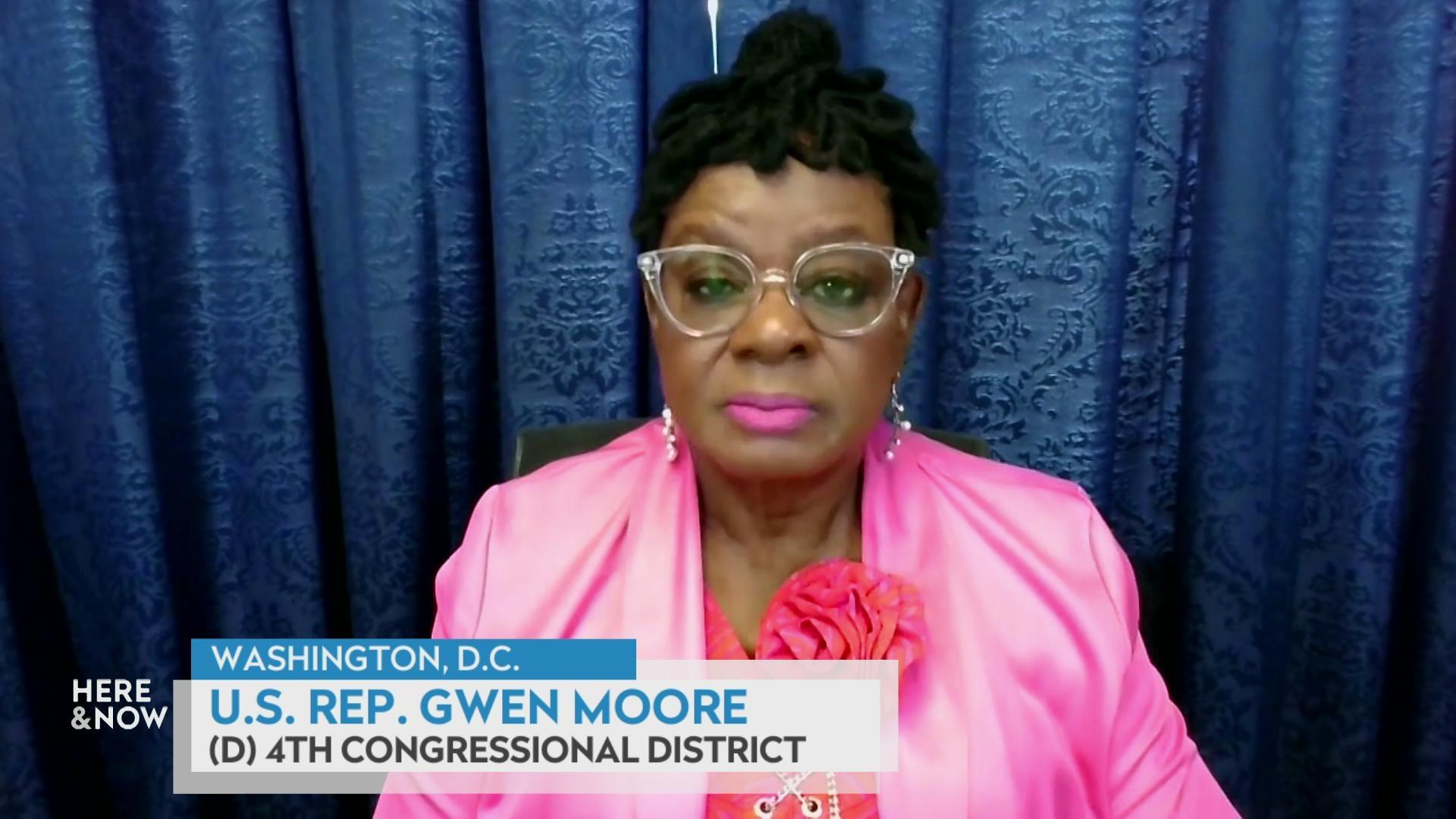The Long View Of Wisconsin Jobs Since The Great Recession
As Wisconsin and the rest of the U.S. recover from the 2008-9 economic crash, there's been no shortage of debate about how to measure the gains for people in the workforce.
June 12, 2017

Forklift driver illustration

As Wisconsin and the rest of the U.S. recover from the 2008-9 economic crash, there’s been no shortage of debate about how to measure the gains for people in the workforce. For instance, falling unemployment rates are embraced as welcome news, but these figures don’t tell the whole story about how much wages are growing or how gains are distributed. Even as a greater percentage of people seeking jobs get hired, the overall number of available positions might be growing at a slower rate.
In a June 9, 2017, interview on Wisconsin Public Television’s Here And Now, Wisconsin Public Radio capitol bureau chief Shawn Johnson explained how the state’s economy looked in 2016, based on the Quarterly Census of Employment and Wages from the U.S. Bureau of Labor Statistics. Johnson said these job numbers are considered a “gold standard” for measuring employment, wages and job growth, because they incorporate hard data from some 96 percent of private employers.
As Johnson and WisContext found in a joint analysis, Wisconsin has seen some job and wage growth during the recovery, but lags behind the U.S. as a whole.
In 2016, the U.S. grew private sector jobs at a rate of 1.3 percent, while Wisconsin grew private sector jobs by 0.5 percent — and actually lost manufacturing jobs. Workers both nationally and in Wisconsin saw wages decrease as well.
 Passport
Passport











Follow Us